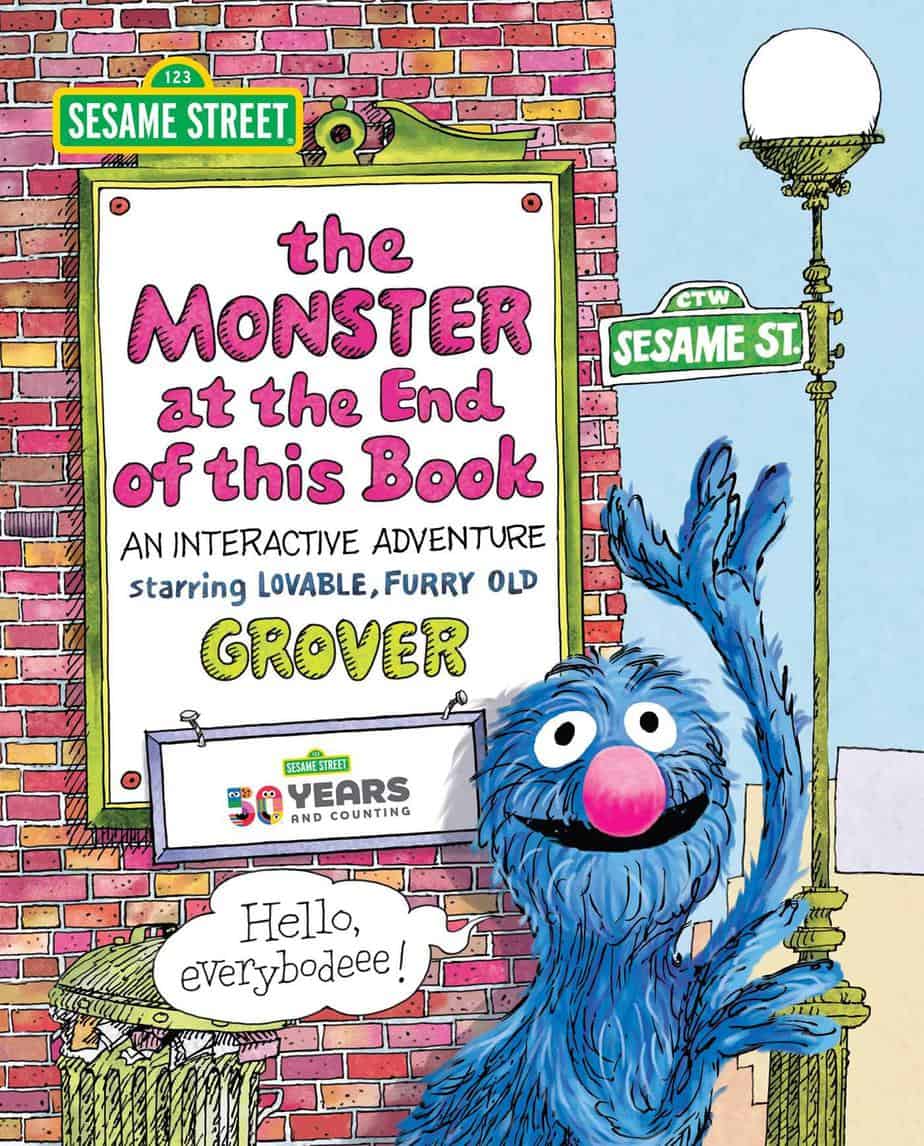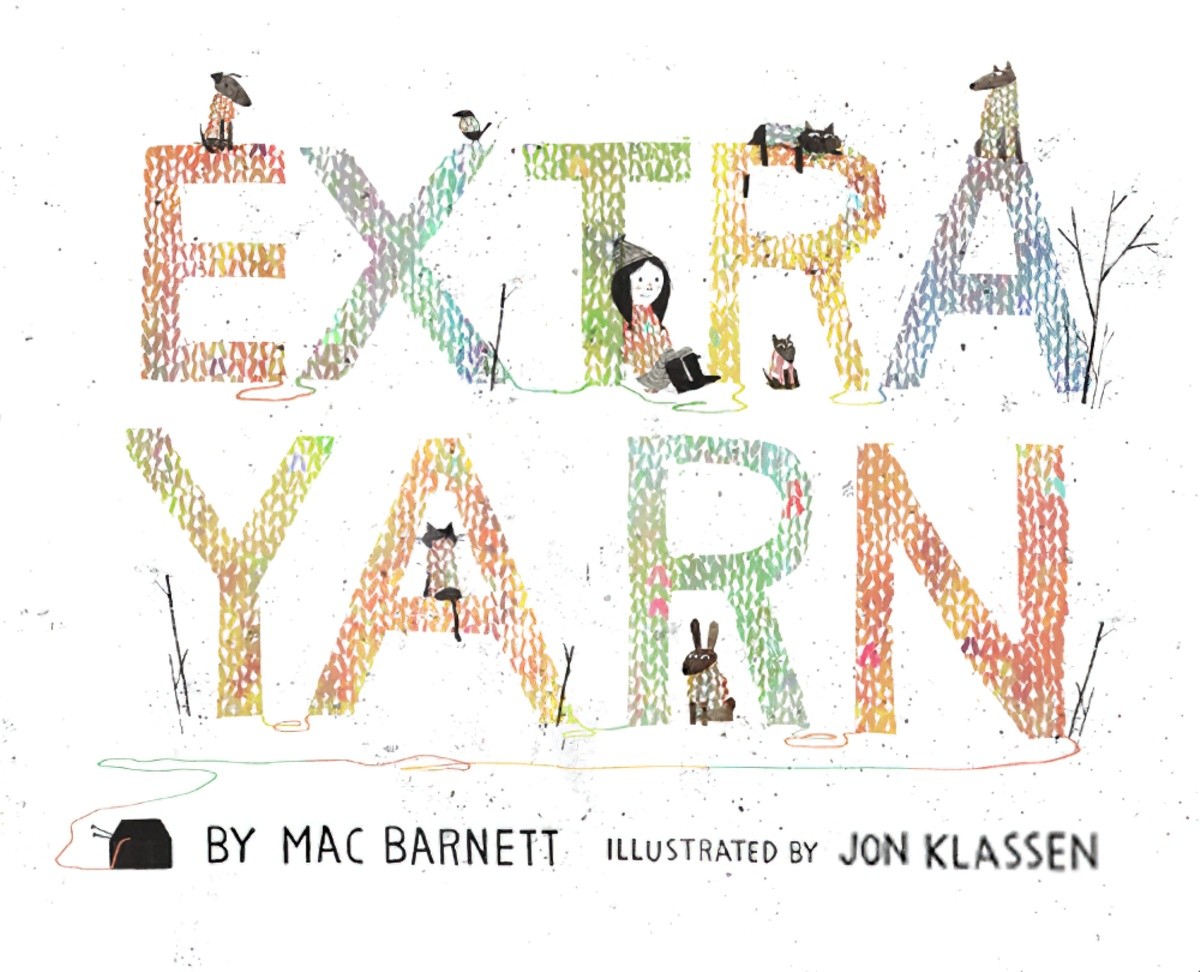-
In A Dark, Dark Room And Other Scary Stories
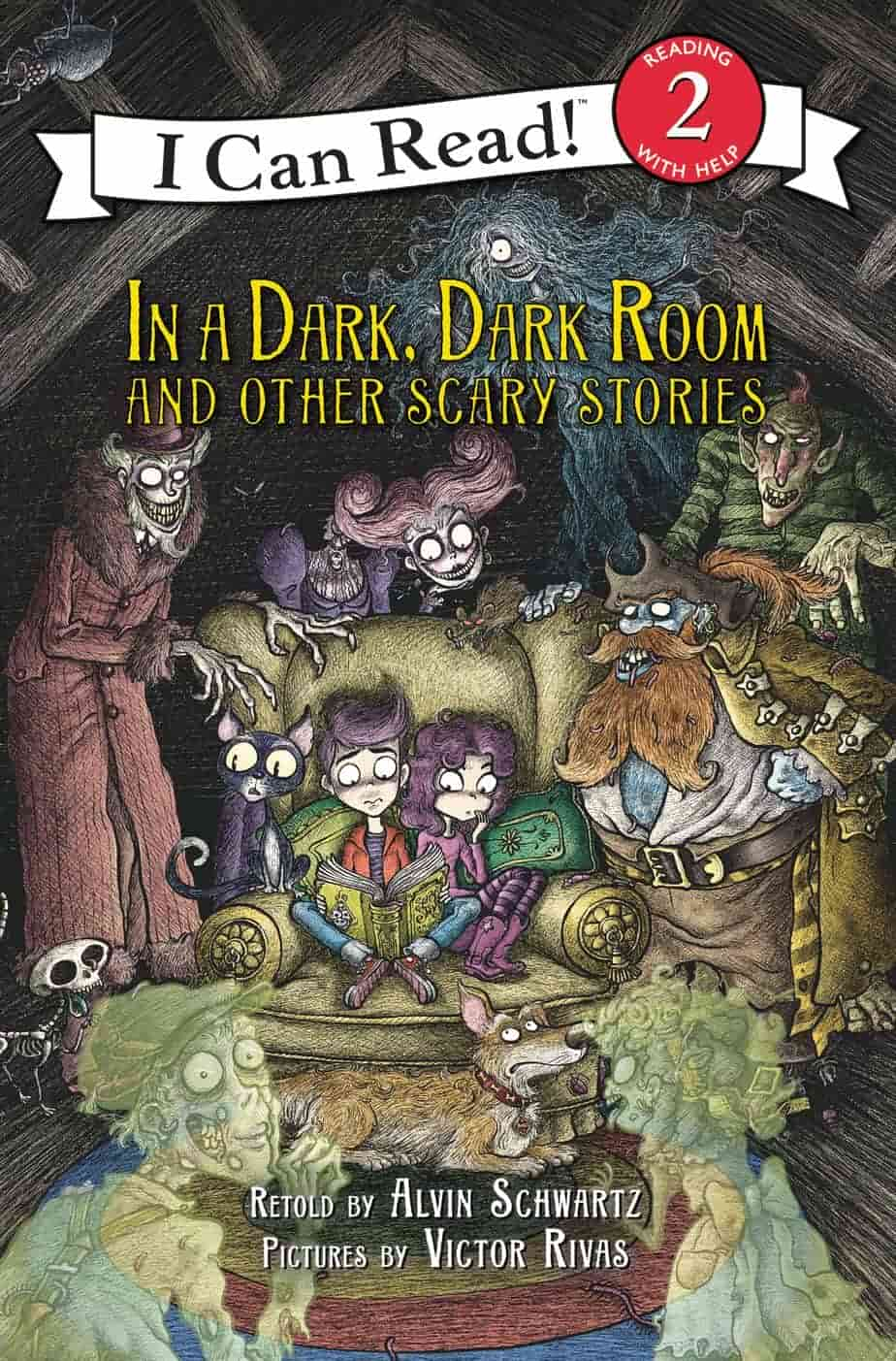
In A Dark, Dark Room and Other Scary Stories written by Alvin Schwartz was first published in 1971 for emergent readers ready for scary… but not too scary. I recently looked closely at a modern picture book called Creepy Carrots, another excellent example of a ‘scary’ story perfectly pitched at 4-6 year olds. This collection […]
-
Blueberries For Sal by Robert McCloskey (1948)
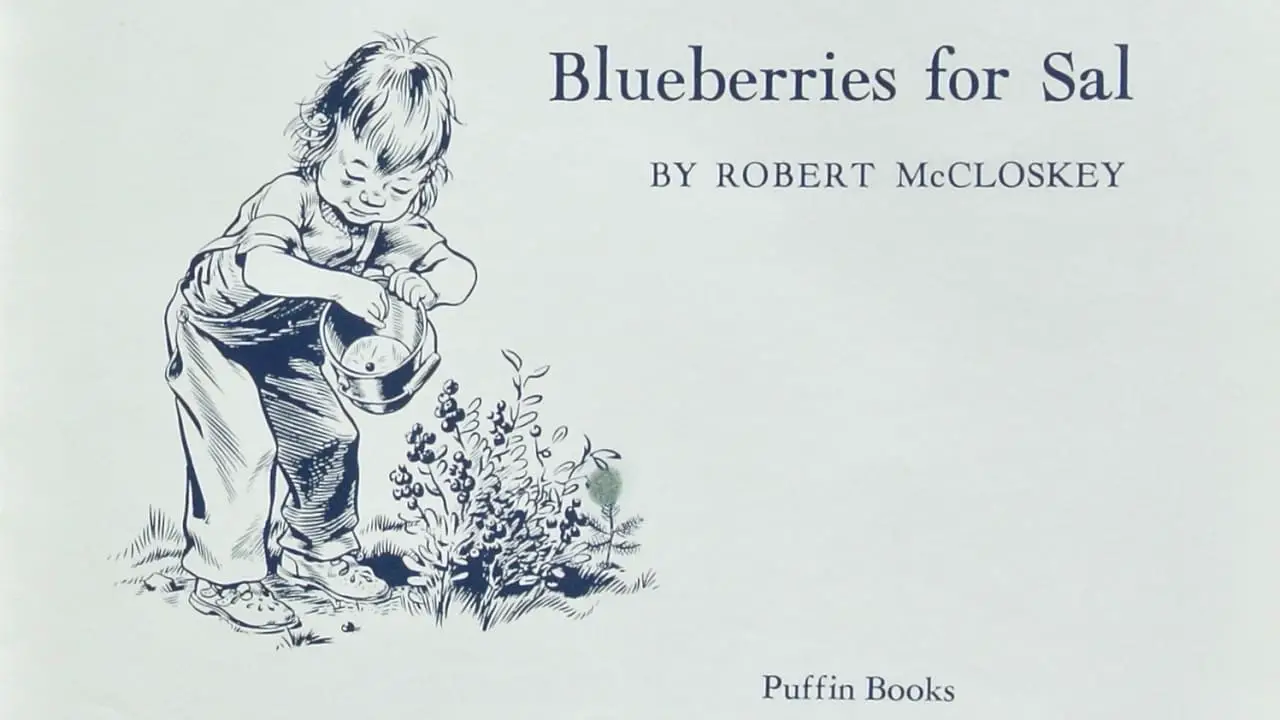
Blueberries For Sal (1948) is a picture book written and illustrated by Robert McCloskey, also well-known for Make Way For Ducklings. Both stories are thrillers for the preschool set, especially this one. In fact, I’m about to try and convince you that Blueberries For Sal is the inspiration behind Cormac McCarthy’s No Country For Old […]
-
The Veldt by Ray Bradbury Short Story Analysis
The Veldt (1950) is one of the more famous short stories by American author Ray Bradbury. As I’ve seen it described: “The one where the techno wallpaper eats the parents.”
-
Frog Goes to Dinner by Mercer Mayer 1974 Analysis
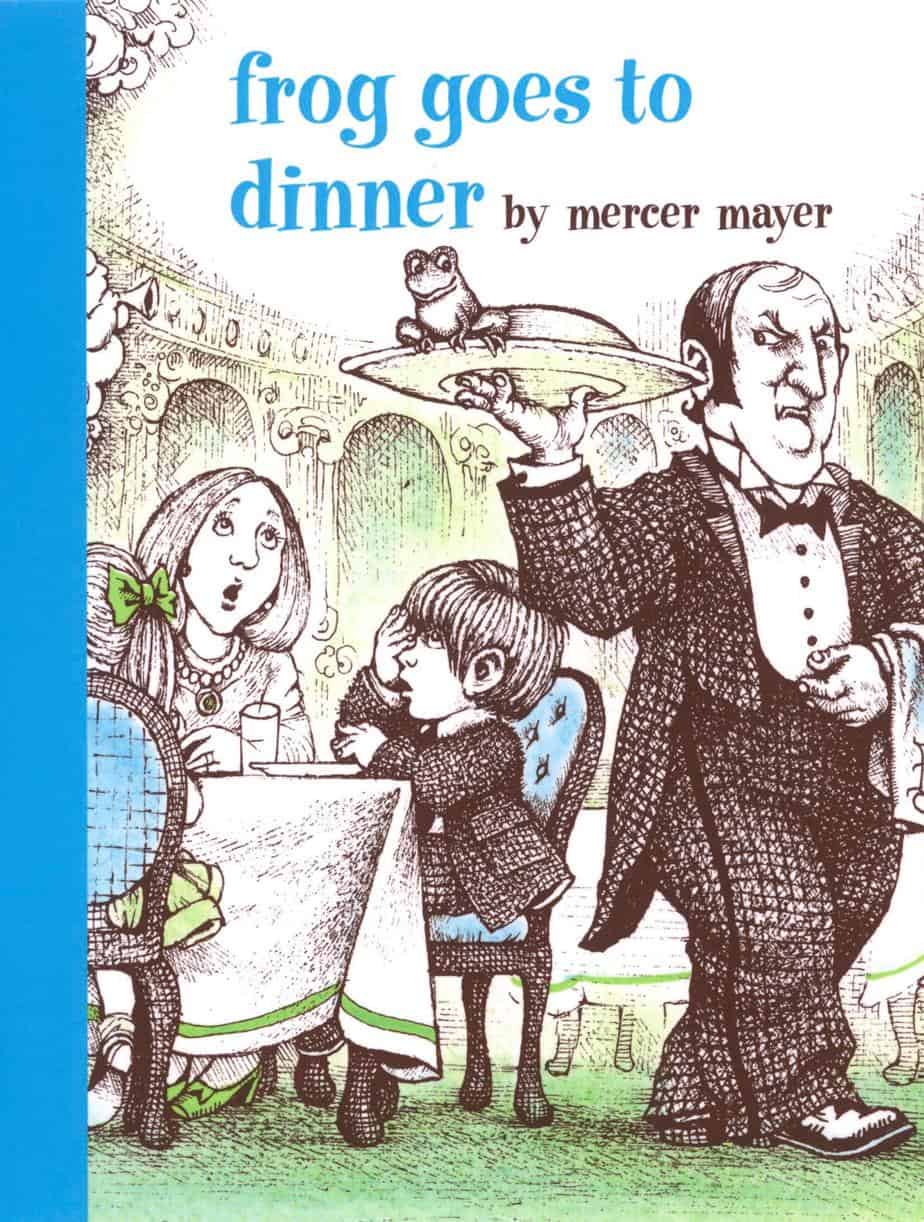
Frog Goes To Dinner (1974) is a wordless carnivalesque picture book by American author/illustrator Mercer Mayer, and the fifth in a series about a boy and his beloved frog. Wordless picture books are perhaps the most emotionally affecting, because they work with us at a deeper level. Frog Goes To Dinner works on an emotional […]
-
The Cat At Night by Dahlov Ipcar (1969)
The Cat At Night is a picture book written and illustrated by Amrican Dahlov Ipcar (1969). Like many children’s authors and illustrators, she lived a long life (1917-2017).
-
Gila Monsters Meet You at the Airport by Marjorie Weinman Sharmat and Byron Barton Analysis
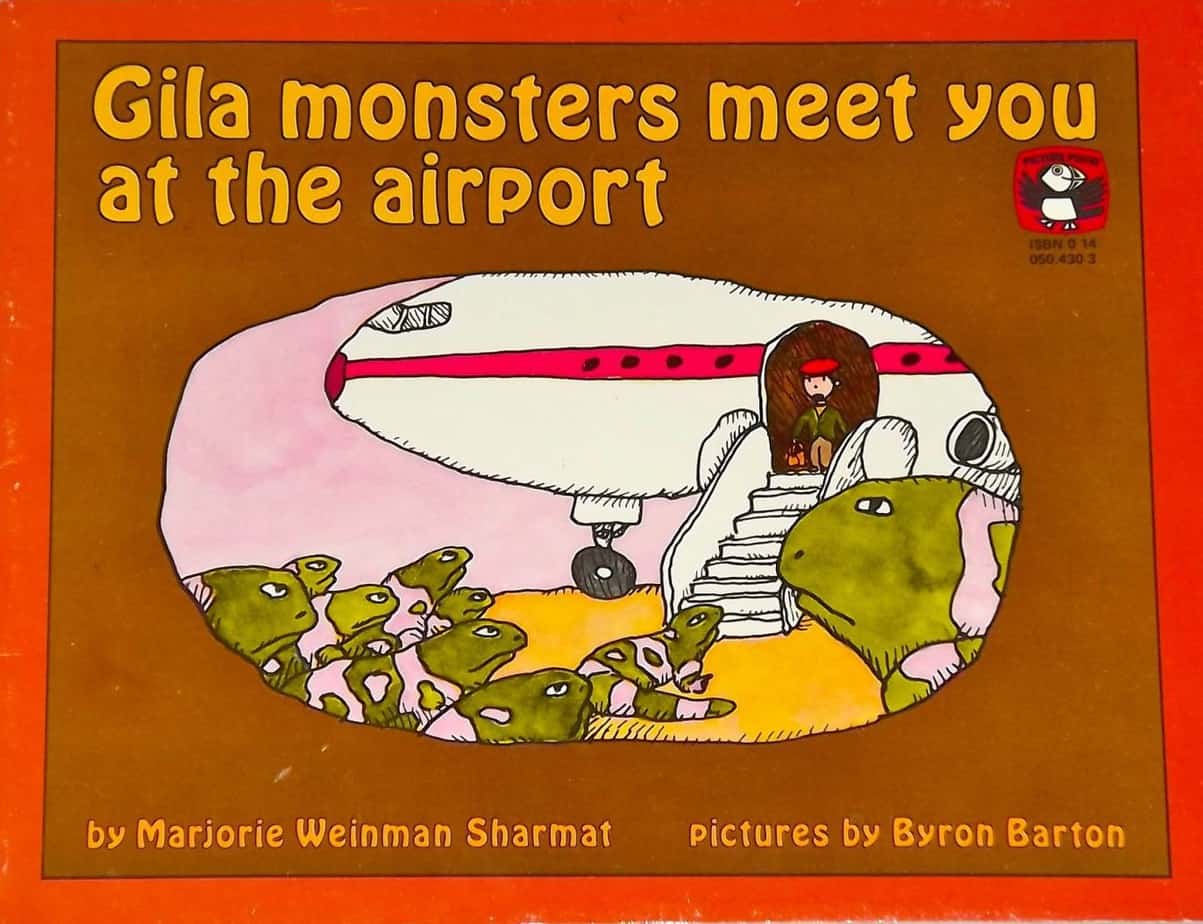
Gila Monsters Meet You at the Airport (1980) is an American picture book written by Marjorie Weinman Sharmat and illustrated by Byron Barton.
-
Ferdinand The Bull Picture Book by Leaf and Lawson Analysis
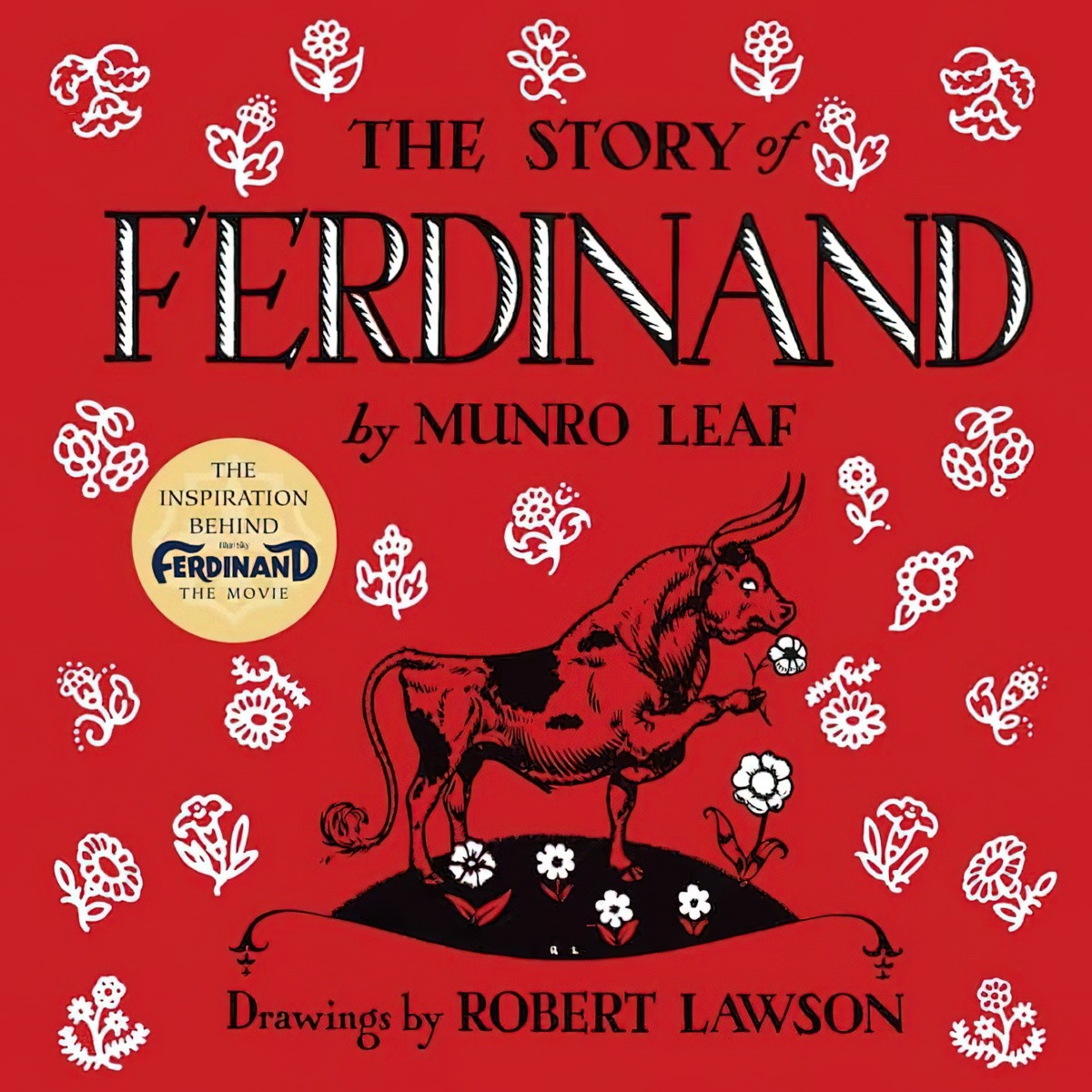
remarkable to a contemporary audience, but this picture book is significant for Lawson’s early use of cinematic perspectives. Picture books were influenced by motion pictures and photography in a wide variety of ways. Ferdinand the Bull is a standout example of a picture book which would have looked quite different had the audiences not been visually literate due to movies.…
-
Ty’s One-Man Band by Pitts Walter and Tomes Analysis
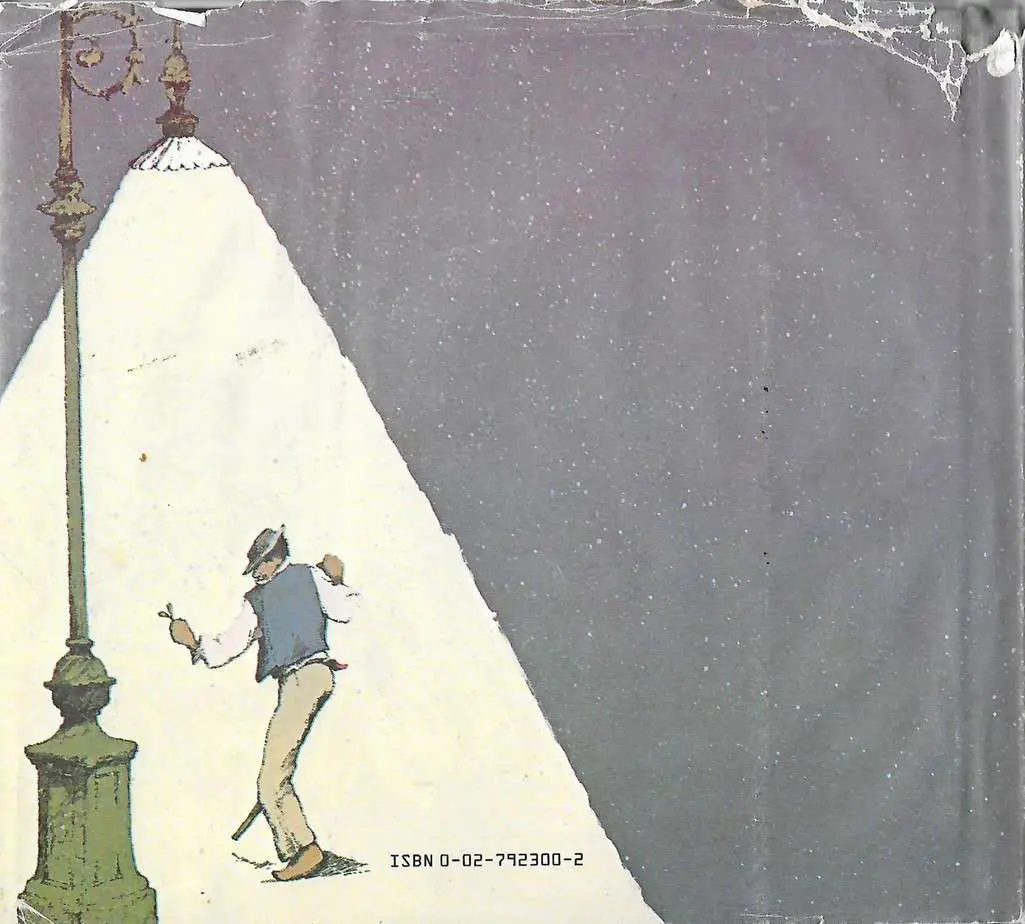
Ty’s One-Man Band (1980) is a picture book written by Mildred Pitts Walter and illustrated by Margot Tomes. This is a good mentor text if you’re writing a picture book with plenty of rhythmic onomatopoeia. If reading to modern kids, they might find this slow, quiet picture book a bit more exciting if encouraged to […]
-
The Day Jimmy’s Boa Ate the Wash by Hakes Noble and Kellogg Analysis
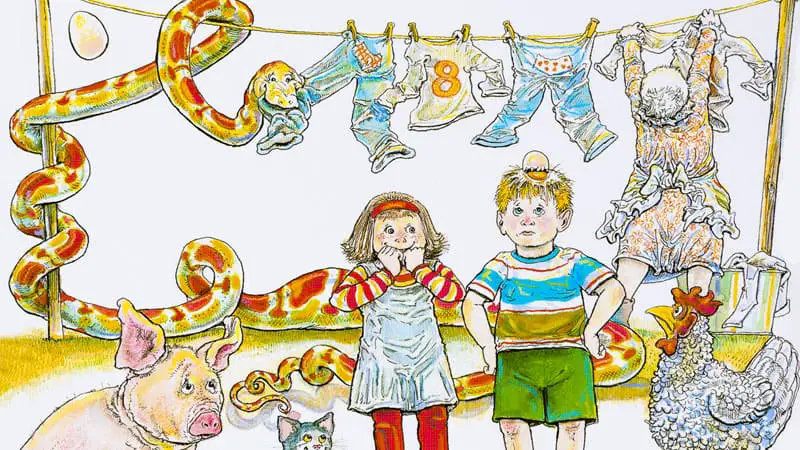
The Day Jimmy’s Boa Ate the Wash (1980) is a carnivalesque, cumulative picture book written by Trinka Hakes Noble and illustrated by Steven Kellogg. This picture book is a great mentor text for the way it handles dialogue visually, and also for the way the ironic distance between text and image expands at the end, […]
-
Arthur’s Eyes by Marc Brown Analysis
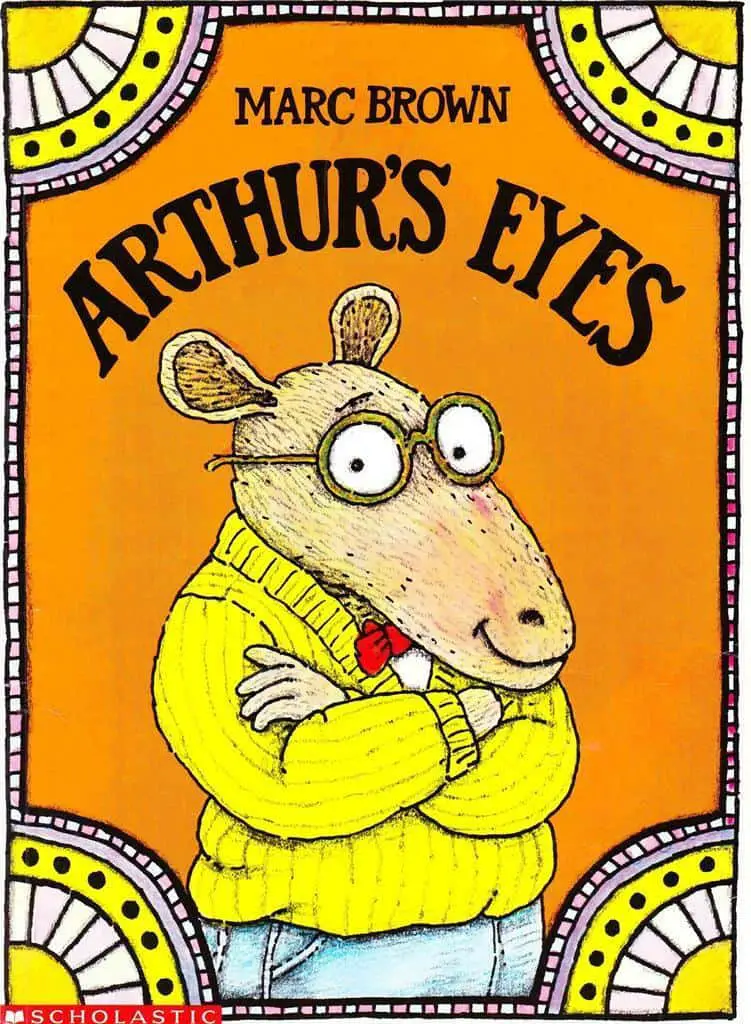
Arthur’s Eyes (1979) by Marc Brown is an early story of the popular Arthur series, about an ambiguously animal creature (only after looking it up do I understand he’s a brown aardvark) who lives with his nuclear family in an American suburb. This is a well-crafted story and really speaks to its young audience. The […]
-
Gaston by DiPucchio and Robinson Analysis
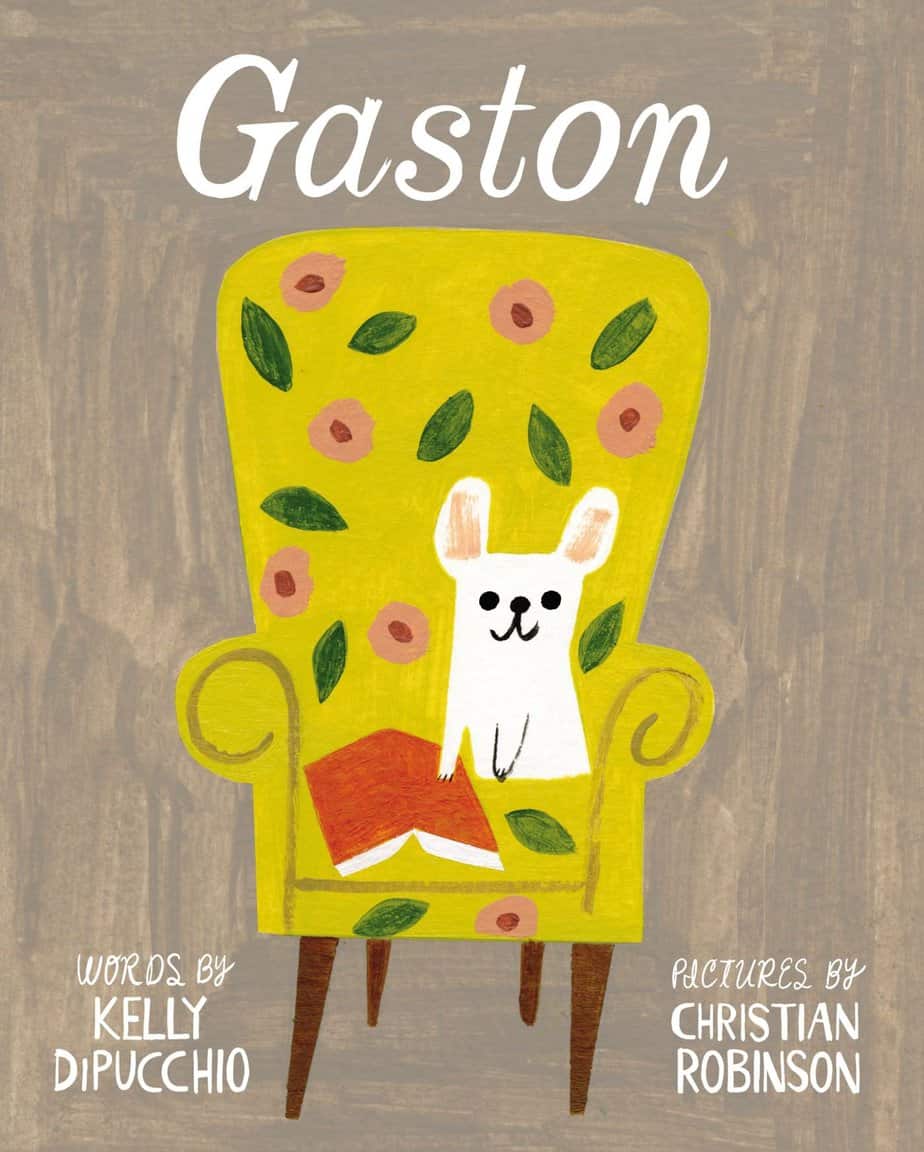
Gaston is a picture book written by Kelly DiPucchio and illustrated in beautiful naive style by Christian Robinson. The colour palette is gorgeous. I liken Gaston to another popular contemporary picture book: Drew Daywalt’s The Day The Crayons Quit. The plots are not at all similar, but they share the same ideological problems, intending to […]
-
Creepy Carrots by Reynolds and Brown Analysis
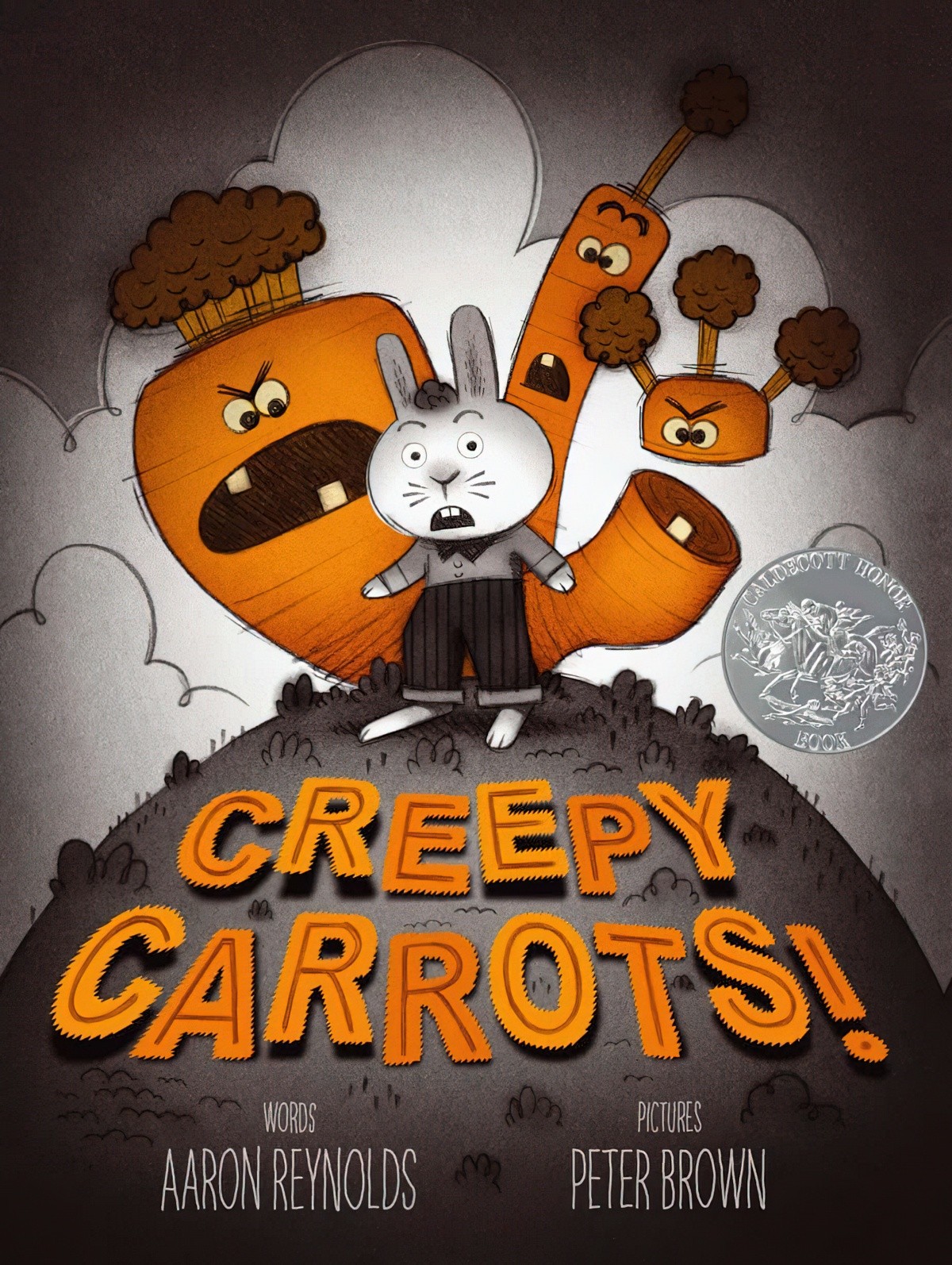
Creepy Carrots (2012) is a picture book written by Aaron Reynolds and illustrated by Peter Brown. For anyone wondering how to create a scary book for the very young reader without keeping them awake all night, this book is our masterclass in the horror-comedy blend. First of all, the story is about carrots — a […]
-
Little House On The Prairie Analysis
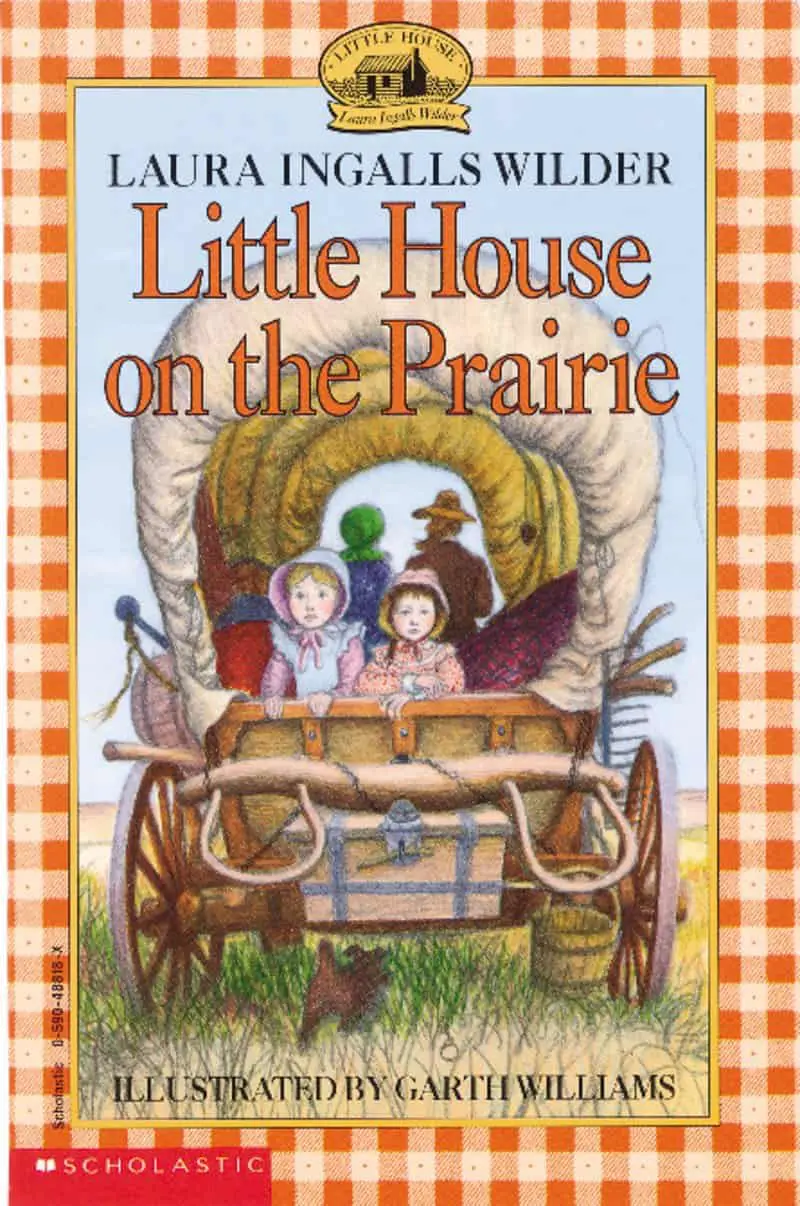
Should parents expose our modern kids to Little House On The Prairie, given the uncomfortable realities?
